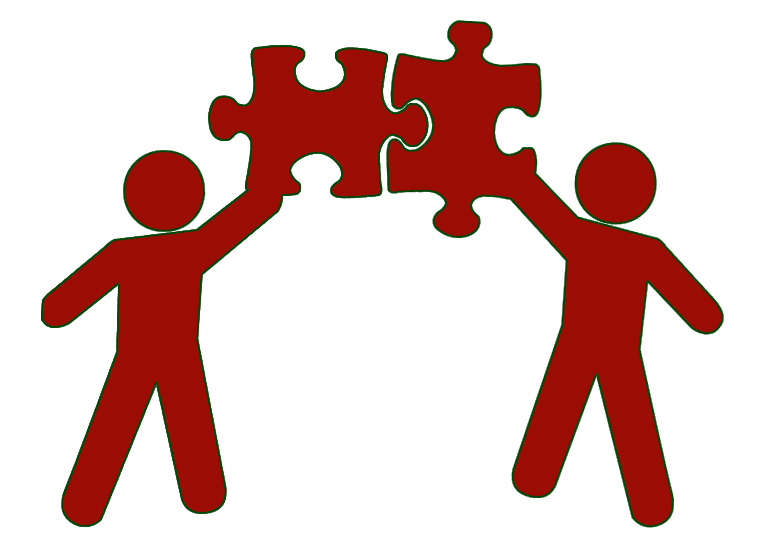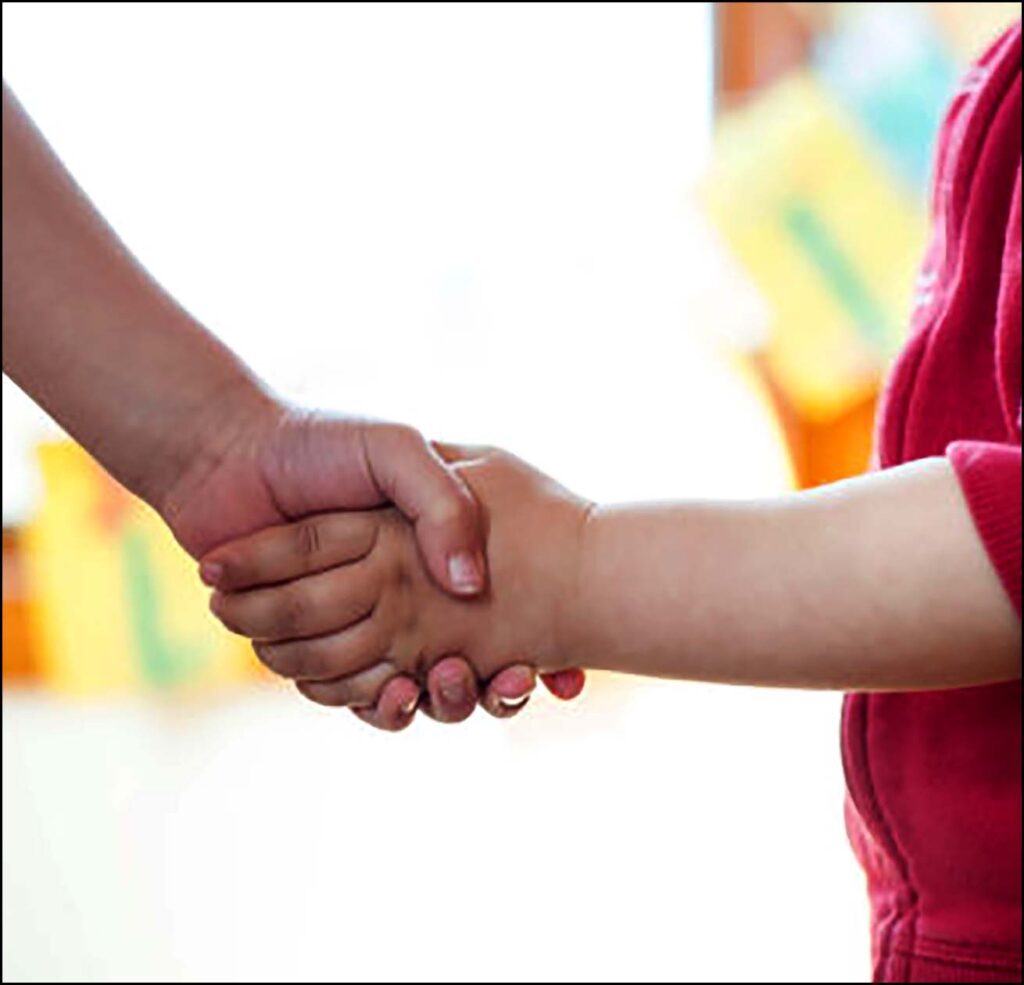Exploring the World of Art
Art Therapy Can Benefit Our Schools
This year I am in a new educational role at a new Montessori School. I am now what our district calls a School Support Teacher. This is the first in 13 years I haven’t been an upper elementary guide.
I’ll be honest with you. There are a few things I don’t miss about working in the classroom. I don’t miss writing report cards and preparing for long nights of parent teacher conferences after a full day of teaching. I don’t miss donating most of my weekend to lesson planning for the following week.
But, there are a few things I really do miss.
I miss the beautiful classroom I taught in for ten years. Each morning I’d choose music to play, inviting my students in for a new day of learning. I miss greeting them with a handshake and a warm smile. I miss the silly elementary jokes they would share with me and all the laughter throughout the day. Although I don’t miss the dozens of extra hours planning it, I do miss attending our annual class camping trip.
But what I miss most is seeing my sixth graders graduate from the art museum’s Jr. Docent program.
What is a Junior Docent Program?
As an extension of our art curriculum, my upper elementary students participated in a three-year project at the Milwaukee Art Museum called the Junior Docent Program. Each year, the children completed 3-guided visits to the Art Museum, for a total of 9 visits over their three years in upper elementary. Each visit highlighted an art theme or a specific area of the art museum. Volunteer docents, often retired teachers, provided art and history lessons to the small groups.
At the end of their third year, the 6th graders presented a Junior Docent ‘graduation project’ to their families. This was the culminating event of the Junior Docent School Program. And, it always seemed to land smack in the middle of the busiest time of the school year.
Each presentation included an oral research report on a work of art and its artist. Students would then create a reproduction of their chosen art work and an aesthetic response to it. They also prepared a question and answer session for the audience at the end.
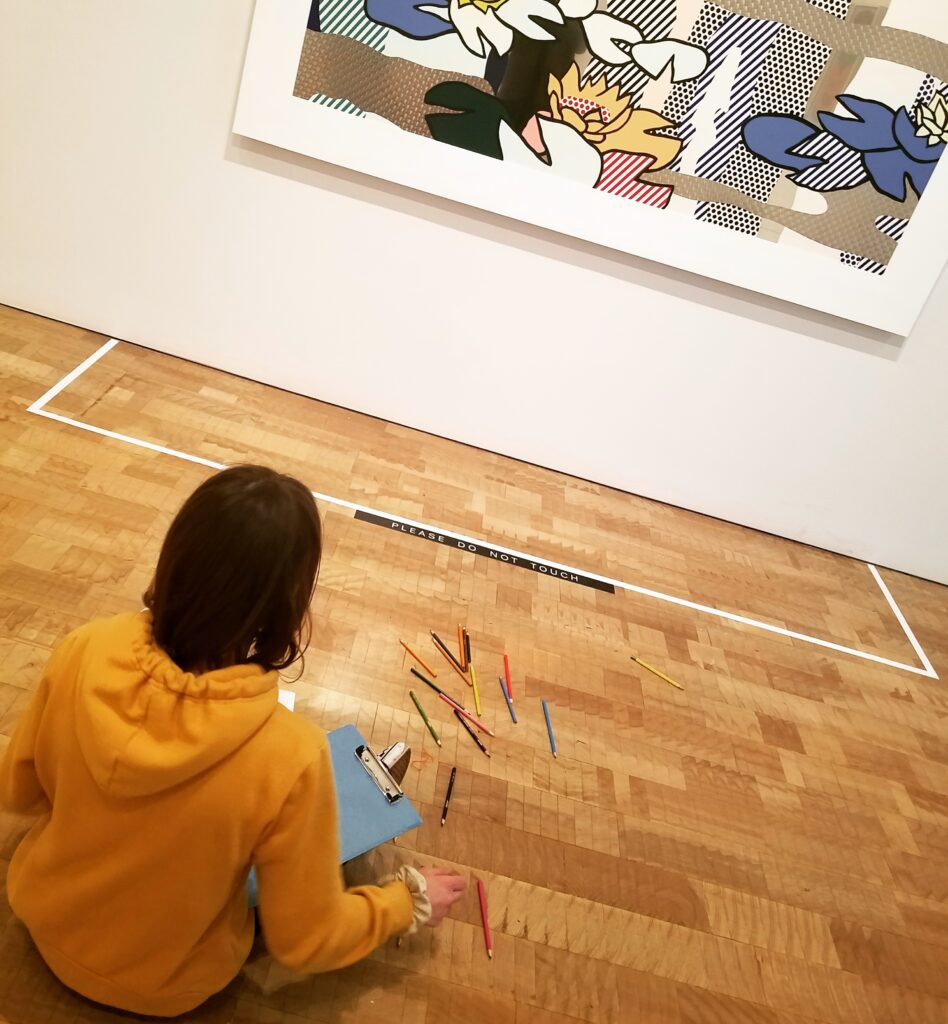
For me, ‘graduation night’ became the highlight of each school year. I think it served many of my students in a similar capacity. They put so much work into this project over the course of the year. When the deadlines arrived, it would feel as though some students wouldn’t be ready to present on time. Others seemed too anxious to present in front of a large audience.
Yet, somehow they always seemed to pull it off. Over a decade, I only ever had one students not present their project on graduation night. I felt so proud of my students during those evenings. More importantly, I saw the impact the art process had on their minds, bodies and souls.

“Art is never finished, only abandoned.“
Leonardo da Vinci
What Is Art Therapy?
A few weeks ago I wrote about the therapeutic benefits of music and the modern practice of music therapy. It seems fitting to follow this up by writing about a similar practice known as art therapy.
Art therapy involves the use of creative techniques to help individuals express themselves artistically. Through drawing, painting, coloring, collage or sculpting, psychological undertones found within the artwork is looked at more critically.
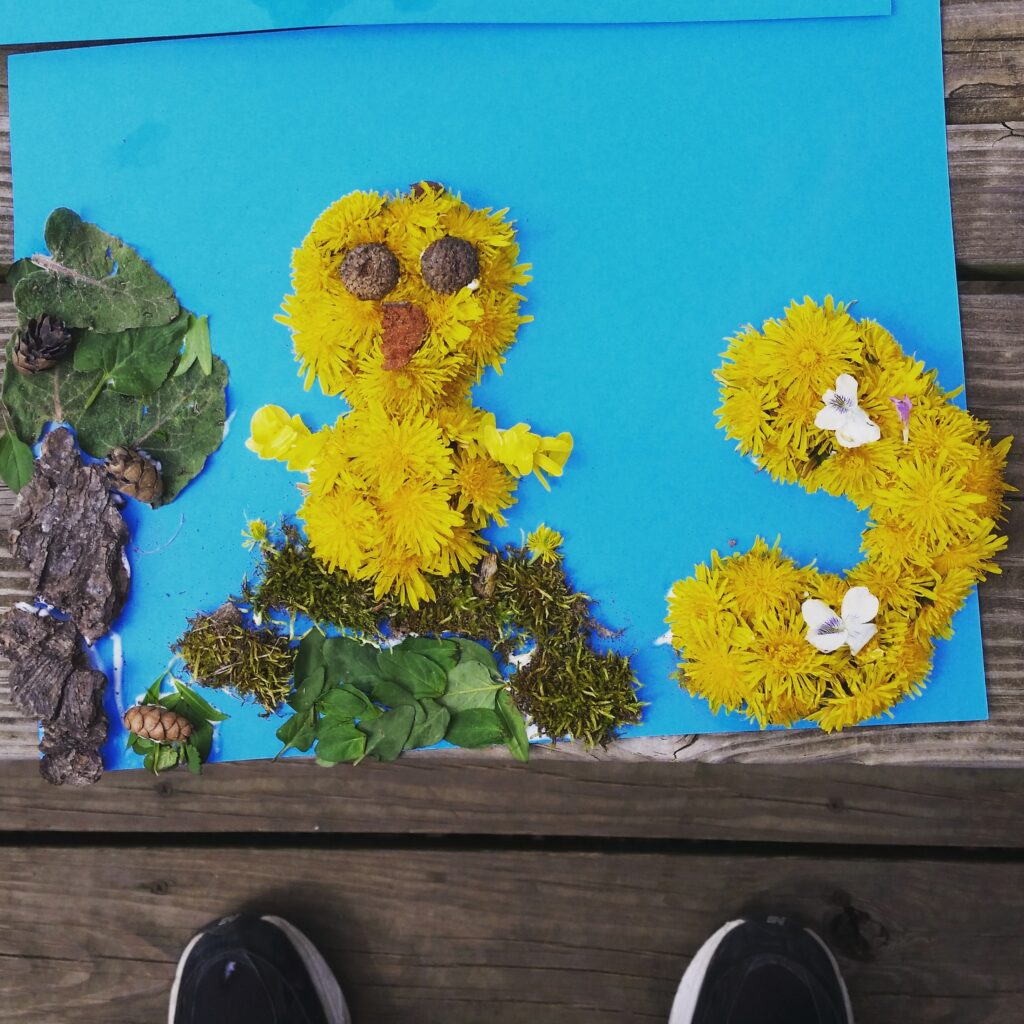
Art therapy helps children (and adults) explore their emotions. Current research suggests this exploration can improve self-esteem, relieve stress, improve symptoms of anxiety and depression, and/or even cope with a disability or physical illness.
This exploration can be done individually, with couples or in small groups. It can take place in a variety of settings. These setting include counseling, wellness centers, correctional institutions, senior centers and other community organizations.
During art therapy, the symbolic images children generate allow a capacity to express feelings and ideas connected to psychological conflicts. Often, these are life experiences too emotionally loaded for verbal communication.
Trained art therapist “decode” the nonverbal messages, metaphors or symbols they might find in the artwork. Hopefully, this will lead to a better understanding of certain feelings and behaviors a person is experiencing. Ultimately, this could help individuals resolve much deeper issues. Their art could possibly reawaken memories or lead to stories revealing messages and beliefs hiding within their unconscious mind.
What’s important to stress is that no artistic talent is necessary for art therapy to succeed. The therapeutic process is not about the value of the artwork. Rather, it’s about finding associations between a person’s inner life and the creative choices a person has made.
Art Has the Power to Reach Everyone.
A powerful way to reach children – really anyone – is through the world of art. Creating art is something we all have access to in some form or another.
When friends and loved ones in my life are feeling down, I suggest doing something that brings them joy. For many, that is often some form of creative expression. For whatever reason, creative expression seems to offer an immediate outlet for relief.
For myself, I love photography. We all have cameras on our phones, making this creative process quick and easy. I very much enjoyed taking photographs with or of my students. They helped me look at things in different ways. We especially loved getting out into nature and finding unique perspectives in places where you might not think to look.
Just like adults, children benefit from art in a variety of ways. For instance, children with autism often find art as an safe way to communicate.
Through art, students with attention deficit disorders have shown improved ability to focus.
However, art therapy is not only beneficial to children with special needs. The art making process offers students a therapeutic outlet to channel anxiety and aggression.
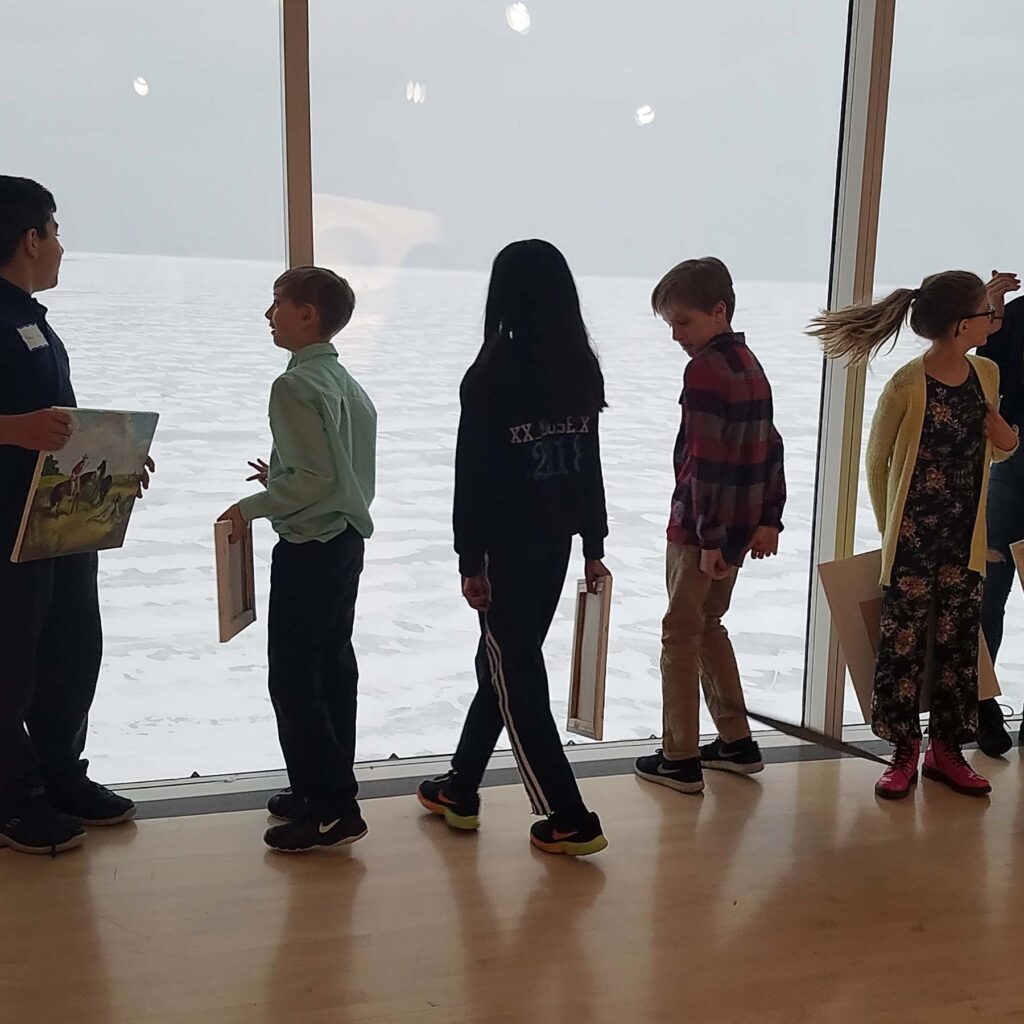
A degree of anxiety or worry is expected in our lives. But for some, anxiety can affect every aspect of their lives daily.
As many as one in eight children (aged 5-19) experience a struggle to their mental health. Moreover, a significant number of these cases are related to some form of anxiety. Art therapy is one way to help students cope with stress and tension.
A way to make art therapy available to every child is to make it accessible through our school system.
Art Therapy Can Benefit Our Schools
Schools are commonly the first place symptoms of a child struggling cognitively, emotionally or behaviorally are identified.
When surface issues are explored in the initial phase of art treatment, this often leads to more critical issues. Such issues might play a significant role in the symptoms being observed in the school environment. Students are often discovered silently struggling with anxiety, depression, low self-esteem and social difficulties.
Once identified, school leaders and experts need to problem solve to find ways to best help these students. This can be a daunting task. One productive method of providing support is through art therapy.
Art helps students in many ways. First and foremost, it can it be a cathartic experience. The creative process might also help children to organize the chaos of their internal worlds and realities. Research shows students have been aided by the capacity of art making to restore healthy functioning.
Art Therapy services in schools have effectively responded to the diverse and ever changing needs of students.
Marygrace Berberian

In a way, students can be looked at as a captive audience. This helps make art exploration and treatment more consistent over a longer period of time.
In addition to offering support in overcoming obstacles, art therapy can help young people develop their skills of emotional regulation. This is the mechanism allowing us to function in our daily lives. It’s how we manage difficult situations by adjusting our emotional responses to events and feelings.
Developing emotional regulation skills is key to reducing the risks of psychological challenges later on.
Through art, therapists connect and work with students. The art therapist can serve as the bridge between parents and teachers. They can foster a more comprehensive and inclusive perspective on progress and the existing challenges a child might have. The seamless integration of art therapy services with other school services could support students, teachers and families.
In conclusion, the creative art process provides children a way to communicate thoughts or feelings seeming too complex to communicate with words. The presence of art therapy services in one of the most familiar settings for children— school— can promote safety in times of uncertainty, conflict or trauma.
Do you have more suggestions for Art Therapy? Do you have a suggestion for another blog topic? Please send me an email with your ideas or experiences at grumble.services@gmail.com.
If you find this article helpful, please share it. Please join us, if you have yet to do so. Subscribe below and receive articles like this one in your email box weekly. Thank you!
Read More: Music Therapy Can Benefit Our Brains
All Rights Reserved • © 2022 Grumble Services LLC • grumbleservices.com

References & Read More:
Art Therapy
By Psychology Today, December 2016
An Expert on School-Based Art Therapy Explains how Art Therapy Helps Children Make Sense of the Insensible
By Clara Keane, May 2017


